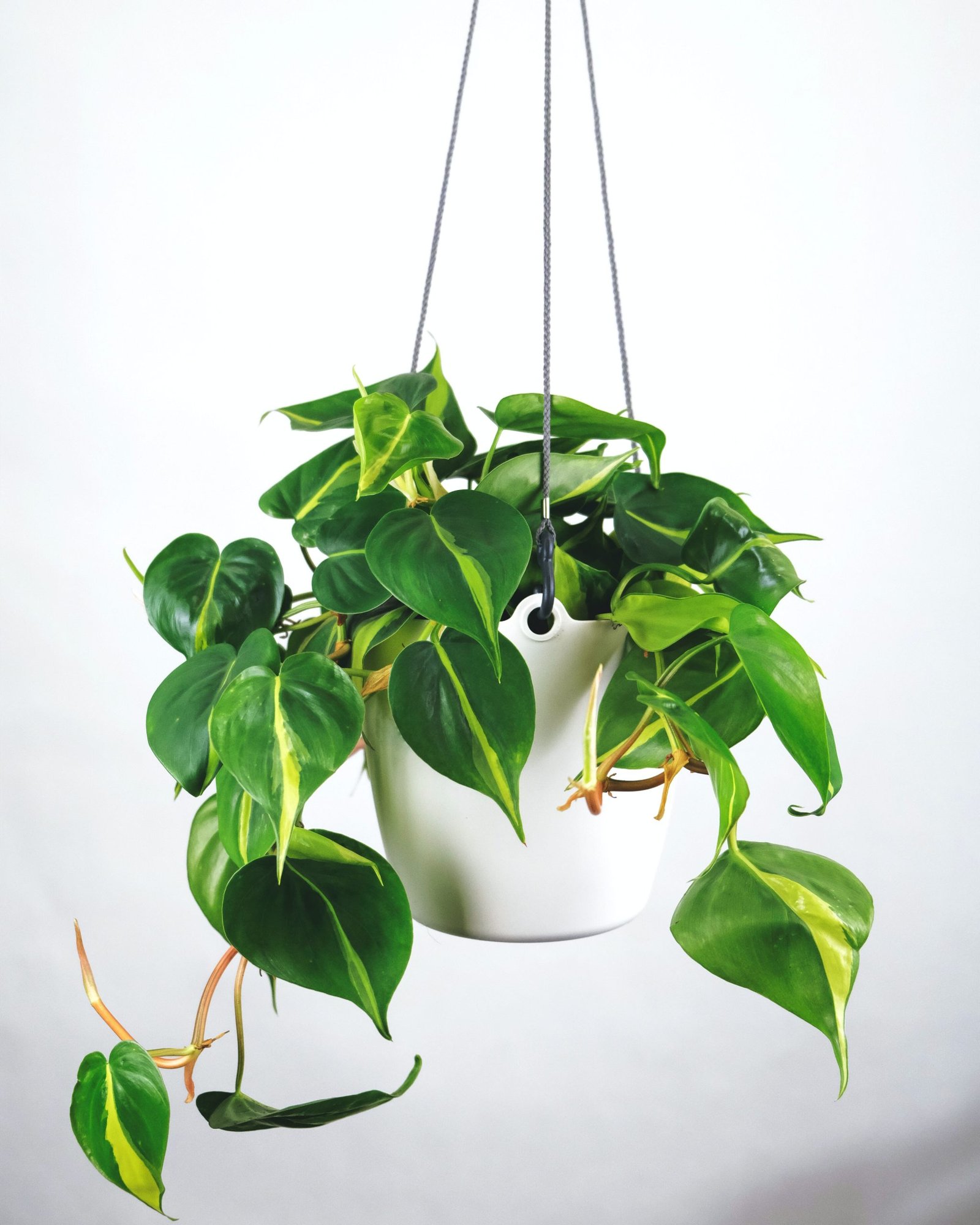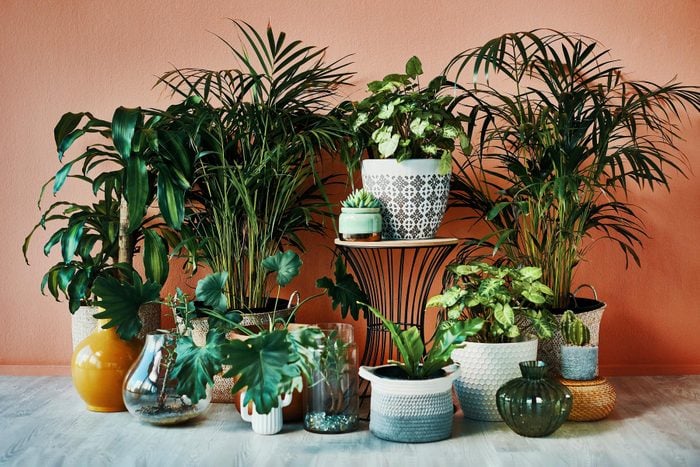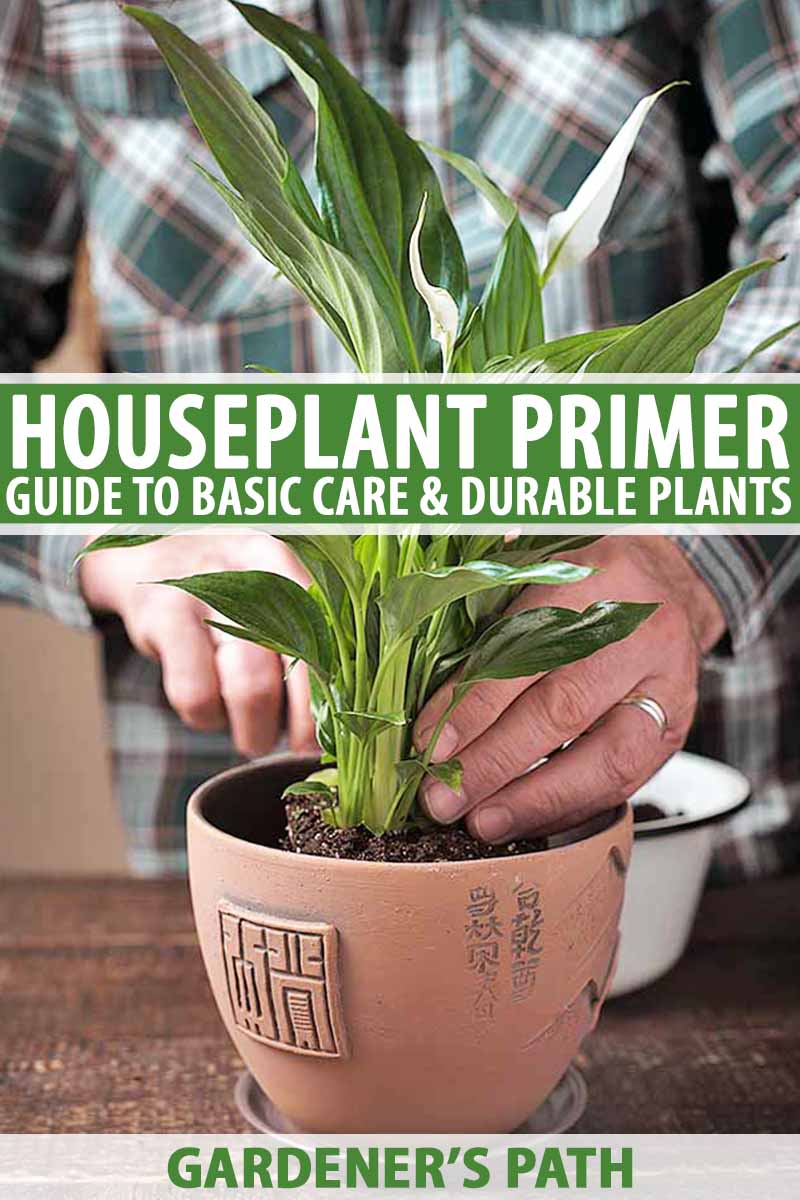Nature Indoors: Cultivate Lush Spaces with Indoor Plant Care Tips


Introduction
Hey there plant lover! Are you looking to enhance the beauty of your indoor space with lush greenery? Well, you've come to the right place. Indoor plants not only add a touch of nature but also provide numerous benefits to your well-being. And with proper care, these little bundles of joy will thrive and bring life to your space.
Why indoor plants are beneficial and how proper care can keep them thriving
-
Air Purification: Indoor plants are like natural air purifiers, removing toxins and improving air quality.
-
Stress Reduction: The presence of plants has a calming effect and can lower stress levels.
-
Improved Productivity: Studies have shown that having plants in the workplace can increase productivity and concentration.
-
Natural Aesthetics: Indoor plants add a touch of beauty and tranquility to any space.
Now, to keep your indoor plants thriving, here are some care tips:
-
Light: Different plants have different light requirements, so make sure to place them in appropriate spots with adequate sunlight.
-
Watering: Overwatering or underwatering can harm your plants. Learn the watering needs of your specific plants and maintain a consistent watering schedule.
-
Temperature and Humidity: Most indoor plants prefer moderate temperatures and humidity levels. Avoid extreme conditions that could damage your plants.
-
Fertilizing: Feed your plants with a balanced fertilizer to provide them with essential nutrients.
Remember, each plant is unique, so take the time to understand its specific needs and observe how it responds. With a little love and care, your indoor garden will flourish and bring joy to your space.
:strip\_icc()/Plants-Stress-Millennials-81a1ef74d68c4704842483a3be37de60.jpg)
Choosing the Right Indoor Plants
Hey there, plant lover! If you're looking to bring some life into your home, indoor plants are a perfect choice. But with so many options out there, how do you know which plants are best for your space? Not to worry, we've got you covered!
Factors to consider when selecting indoor plants for your home
-
Lighting: Take note of the natural light conditions in your home. Some plants thrive in bright, direct sunlight, while others prefer low-light environments. Choose plants that can adapt to the lighting in your space.
-
Size and Growth: Consider the size of the plants you want and how much space they will require. If you have limited space, opt for smaller plants or those that can be placed on shelves or hanging baskets.
-
Maintenance: Determine how much time and effort you are willing to put into caring for your indoor plants. Some plants require more attention and regular watering, while others are more low-maintenance.
-
Pet-friendly: If you have furry friends at home, make sure to choose plants that are safe for them. Some common houseplants can be toxic to pets if ingested.
Remember, each plant has its own unique needs, so it's essential to do a little research before bringing them home. With the right indoor plants, your space will not only look beautiful but also provide a breath of fresh air and a calming atmosphere. Happy plant shopping!

Light and Temperature Requirements
Understanding the lighting and temperature needs of different indoor plant varieties
Congratulations! You've decided to bring the beauty of nature indoors by adding some lovely indoor plants to your space. But now you may be wondering, how do I take care of these green friends? Well, worry not, because we've got you covered with some essential tips on light and temperature requirements for your indoor plants.
Light: Most indoor plants thrive in bright, indirect light. Place your plants near windows or in well-lit areas, but avoid direct sunlight as it can scorch their leaves. Some plants, like succulents and cacti, prefer full sunlight, so make sure to provide them with the necessary exposure.
Temperature: Indoor plants generally prefer temperatures between 60-75°F (15-24°C). Avoid placing them in drafts or near heating or cooling vents as extreme temperature fluctuations can be harmful. Also, be cautious of placing your plants near windows during the winter, as cold drafts may damage them.
Remember, each plant is unique, so it's important to do a bit of research on the specific needs of your indoor plant varieties. Observe your plants closely for signs of stress or inadequate lighting and adjust accordingly. And most importantly, enjoy the beauty and benefits that these green companions bring to your indoor space!

Watering Techniques
Proper watering techniques to prevent overwatering or underwatering your indoor plants
Are you a plant parent looking to keep your indoor plants thriving and happy? Knowing the proper watering techniques is key to prevent overwatering or underwatering, which can harm your plants. Here are some essential tips:
-
Watering schedule: Establish a regular watering schedule based on the specific needs of each plant. Some plants require more frequent watering, while others prefer to dry out between waterings.
-
Check the soil: Before watering, check the moisture level of the soil by sticking your finger about an inch deep into the potting mix. If it feels dry, it's time to water. If it still feels moist, wait a few more days.
-
Water quantity: Ensure that you water your plants thoroughly, allowing water to run through the drainage holes at the bottom of the pot. This helps to flush out any excess salts or minerals from the soil.
-
Avoid overwatering: Overwatering is a common mistake that can lead to root rot and other plant diseases. Make sure to empty any standing water from saucers or trays after watering.
-
Consider plant placement: Take into account factors such as humidity levels, temperature, and sunlight when determining how often and how much to water your plants.
By following these watering techniques, you can provide your indoor plants with the right amount of water they need to thrive and grow beautifully. Remember, a happy plant equals a happy plant parent!

Soil and Fertilizer
When it comes to caring for your indoor plants, you want to give them the best chance at healthy growth and nourishment. And one crucial aspect to consider is the type of soil and fertilizers you use.
Choosing the right soil and fertilizers for healthy growth and nourishment of indoor plants
-
Soil: Opt for a well-draining and nutrient-rich potting mix specifically formulated for indoor plants. This ensures proper aeration, moisture retention, and nutrient availability for your plants' roots.
-
Fertilizer: Indoor plants have different nutrient requirements compared to their outdoor counterparts. Choose a balanced fertilizer with equal amounts of nitrogen, phosphorus, and potassium (N-P-K) to promote overall growth and healthy foliage. Organic fertilizers, such as compost or worm castings, are great options for providing long-lasting nutrients.
-
Application: Follow the instructions on the fertilizer packaging regarding frequency and dosage. Generally, it's best to feed indoor plants during the growing season (spring and summer) and reduce or stop fertilization during the dormant period (fall and winter).
-
Avoid over-fertilization: Too much fertilizer can cause nutrient burn and damage your plants. Always err on the side of caution and use a diluted solution when feeding your indoor plants.
Remember, each indoor plant may have specific soil and fertilization needs, so it's essential to research and understand the requirements of your particular plant species. With the right choice of soil and fertilizers, your indoor plants will thrive and bring beauty to your space!

Pruning and Maintenance
Tips for pruning and maintaining indoor plants to promote growth and prevent diseases
Hey there, plant lover! If you've been taking care of indoor plants, you already know the joy they bring to your space. To ensure your green friends thrive and stay healthy, here are some essential tips for pruning and maintenance:
-
Trimming: Regularly trim dead or yellow leaves to promote healthy growth and prevent diseases. Trim off any leggy stems to encourage bushier growth.
-
Pruning: Encourage fuller and more compact plants by pruning the tips of stems. This will redirect growth hormones and result in a bushier appearance.
-
Cleaning: Dust can accumulate on leaves, hindering photosynthesis. Gently wipe the leaves with a damp cloth to keep them clean and allow maximum light absorption.
-
Watering: Overwatering can lead to root rot, so ensure proper drainage by using pots with drainage holes. Water your plants when the top inch of soil feels dry, and be mindful not to let them sit in standing water.
-
Fertilizing: Indoor plants benefit from regular fertilization. Use a balanced indoor plant fertilizer according to the instructions on the package to provide essential nutrients.
Remember, each plant has its own specific care needs. Take the time to research and understand the specific requirements of each of your plants, and your indoor jungle will flourish with beauty and vitality!
Happy gardening!

Pest Control
Common pests that affect indoor plants and how to effectively control and prevent infestations
Indoor plants bring life and beauty to any space, but they can also attract unwanted pests. Keeping your plants healthy and pest-free is important to ensure their longevity. Here are some tips to effectively control and prevent infestations:
-
Aphids: These tiny insects can suck the sap out of plants, causing leaves to curl and distort. To get rid of aphids, spray your plants with a mix of water and mild soap or use neem oil.
-
Fungus Gnats: These small flies love moist soil and can be controlled by drying out the top layer of soil and using sticky traps to catch the adult gnats.
-
Mealybugs: These cottony insects can be found in hard-to-reach areas of your plants. Use a cotton swab dipped in rubbing alcohol to remove them, or apply insecticidal soap.
-
Spider mites: These tiny pests can cause webbing and discoloration on leaves. Wipe affected leaves with a damp cloth or use insecticidal soap.
To prevent future infestations, make sure to regularly inspect your plants for signs of pests, avoid overwatering, and provide adequate airflow. Quarantine any new plants before introducing them to your current collection.
Remember, a healthy plant is less likely to attract pests. So, give your indoor plants the care they need, and enjoy the benefits of a pest-free environment.
:max\_bytes(150000):strip\_icc()/how-to-repot-plants-getty-0223-2000-be605fa25977453288a64a063e0cb6b9.jpg)
Repotting and Transplanting
When and how to repot indoor plants to ensure adequate root space and promote growth
Congratulations on becoming a proud plant parent! Taking care of indoor plants is not only rewarding but also a great way to bring life and beauty into your space. One important aspect of plant care is knowing when and how to repot your plants to ensure their growth and health.
Why repot indoor plants?
Repotting your indoor plants is necessary to provide them with enough space for root growth. Over time, plants can become root-bound, where their roots outgrow the pot they are in. This can restrict their ability to take up water and nutrients, leading to stunted growth and wilting leaves. Repotting allows the roots to spread out and absorb nutrients more efficiently, promoting healthier and lusher growth.
When to repot
You'll know it's time to repot when you notice the following signs:
- Roots growing out of the drainage holes.
- Slowed growth or yellowing leaves.
- The plant drying out quickly, requiring more frequent watering.
How to repot
- Choose a pot that is one size larger than the current one with drainage holes.
- Gently remove the plant from its current pot, taking care not to damage the roots.
- Place a layer of fresh potting soil in the new pot.
- Position the plant in the center and fill the remaining space with more potting soil, gently patting it down.
- Water the plant thoroughly to help settle the soil.
Remember to always research the specific needs of your indoor plants, as some may have individual preferences when it comes to repotting. With proper care and attention, your indoor plants will thrive and bring joy to your space. Happy repotting!

Best Indoor Plants for Beginners
A list of easy-to-care-for indoor plant varieties for beginners
So, you've decided to bring some lush greenery into your space! Indoor plants not only add beauty to your home or office but also provide numerous benefits such as improving air quality and reducing stress. If you are new to plant care, it's important to start with plants that are easy to maintain. Here are some beginner-friendly indoor plants:
-
Snake Plant (Sansevieria trifasciata) – This resilient plant can thrive in low-light conditions and requires minimal watering.
-
Pothos (Epipremnum aureum) – Pothos plants are known for their trailing vines and are excellent for hanging baskets. They can tolerate a wide range of lighting conditions and are forgiving if you forget to water them occasionally.
-
ZZ Plant (Zamioculcas zamiifolia) – The ZZ Plant is highly resilient and can survive in low-light environments. It has attractive dark green foliage and only needs water when the soil is completely dry.
-
Spider Plant (Chlorophytum comosum) – Spider plants are known for their air-purifying abilities and are great for beginners. They can adapt to various light conditions and prefer slightly moist soil.
Remember, each plant has different care requirements, so it's essential to research and understand the specific needs of the plants you choose. With a little love and attention, these beginner-friendly indoor plants will thrive and bring life and vibrancy to your space!

Conclusion
In conclusion, taking care of your indoor plants doesn't have to be a daunting task. With the right knowledge and a little bit of effort, you can create a thriving green oasis in your home that brings joy and relaxation. Remember, indoor plants not only add beauty and aesthetic appeal, but they also improve air quality and provide numerous health benefits. So, why not bring some life into your space and enjoy the rewards of a well-cared-for indoor garden?
Final thoughts on the importance of indoor plant care and tips for success
-
Choose the right plant: Consider the lighting and humidity conditions in your home before selecting a plant. Different plants have different care requirements, so choose wisely.
-
Provide proper lighting: Most indoor plants thrive in bright indirect light. Make sure to place them near a window or provide artificial lighting if needed.
-
Water correctly: Avoid overwatering or underwatering your plants. Each plant has different water requirements, so it's important to understand their needs.
-
Monitor humidity: Some plants require higher humidity levels. Consider using a humidifier or placing your plants on a tray filled with water and pebbles to increase humidity.
-
Prune and clean: Regularly prune your plants to remove dead leaves and promote healthy growth. Also, keep your plants clean by gently wiping the leaves to remove dust.
Remember, indoor plant care is a continuous learning process. Start with a few plants and gradually expand your collection as you gain confidence and experience. Enjoy the journey and watch your indoor garden flourish!



